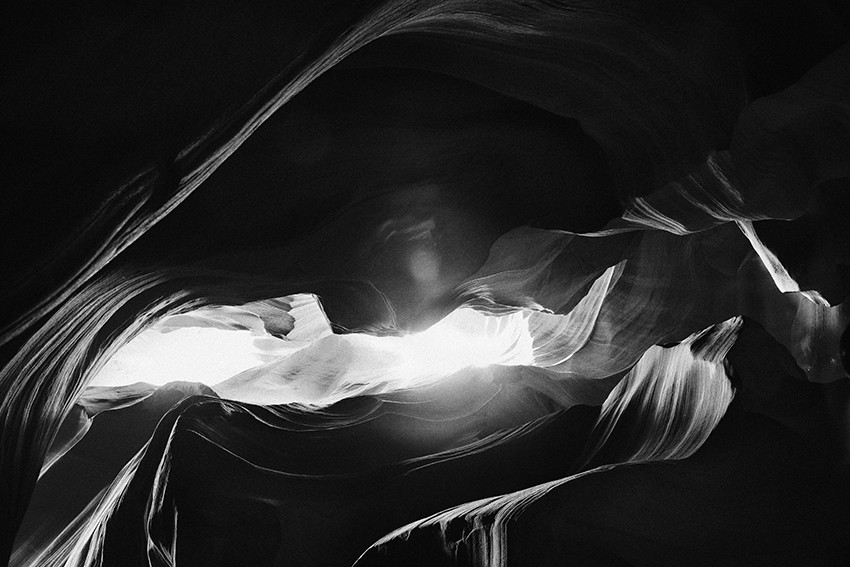Tectonics

Moving the ground rules again.
We all know Adelaide has to work hard to prevent being an artistic backwater, but sometimes the best ideas just float into this city and take root. Tectonics is one such example. A festival for new and experimental music that is held annually in Reykjavik, Glasgow and Tel Aviv. Artistic director David Sefton brought it here for the 2014 Adelaide Festival after meeting its creator, Ilan Volkov, through the Adelaide Symphony Orchestra’s director of artistic planning, Simon Lord, who had known Volkov in previous years when he conducted the Scottish Symphony Orchestra. Well, the good news for people who liked it last time is that Tectonics is back in March. It looks to be another spark-flying mix of classical new music, hard-edged modernism, sound art, improvisation and electronic experimentalism. Nowhere else, for example, could one encounter experimental jazz trio The Necks, Sonic Youth’s Jim O’Rourke and electronic vanguard Phill Niblock performing alongside one another. But for Volkov, that’s the precisely point of Tectonics. He says it’s about producing new energy and giving audiences the chance to venture outside the rigid norms that restrict our usual concert experiences. “I’m interested to present the huge width and energy in new music. I’m not interested in borders,” he says from Tel Aviv. “I think the audience is very interested in exploring very contrasting music, from the quiet sounds of Klaus Lang using tuned water glasses to louder, explosive music (hence the event’s warning ‘extreme sound levels’). I want to present these contrasts, which exist in life anyway. It’s a very intense experience [to] come to all this with open ears and immerse yourself in this massive width of music.” His second edition of Tectonics Adelaide will be different. First of all it takes place in the Town Hall rather than being spread across two smaller venues like last time when it was in Grainger Studio and Queen’s Theatre. “This project is about where it happens – the room influences a lot of the choice of music,” says Volkov. Splinter Orchestra, a democratically run electro-acoustic collective from Sydney, will use the hall’s foyer and outdoor areas to perform “a massive improvising piece”, and then play invisibly from an adjacent room and have their sound transmitted to the audience, he says. It will differ in another respect. Volkov has decided not to include any early modernist works like those of Xenakis, Giacinto Scelsi and David Ahern who all featured last time. “For this project I decided to have new work for orchestra. There will be no older pieces this time because I decided it’s important to do new work, and looking at the reaction of the audience, they are ready for new things. I love those 60s and 70s classic pieces but I’m very pleased we can pull this off,” he says. We will hear the ASO in new works by legendary US experimental rock musician and film composer Jim O’Rourke and Australian new music composers Cathy Milliken (Brisbane) and Annie Hsieh (formerly Melbourne), one of whose pieces the orchestra played in OzAsia two years ago. But all ears will be trained on The Necks when they join up with ASO in the trio’s ever first such collaboration. “In a way that will be similar to Elastic Band (by Jon Rose and Elena Kats-Chernin) which we did last time. That piece was great – we did it again in Iceland. Working with that piece, the orchestra part is set but a lot of decisions were given to me as conductor. It will be similar this time too.” Contrasting chamber music sets are programmed for Tectonic’s second day. To be unveiled is a new piece for wind quintet by Eyvind Kang, a celebrated American violinist and composer who has worked over the years with Laurie Anderson, Bill Frisell and John Zorn. His experiences in other Tectonics festivals “have been off the hook” he says. “I’ve always learned about some composers I never heard before or heard some pieces I wanted to hear but never had the chance. And then there was always the violent contrast between ways of perceiving intellectuality and bouncing senses of hearing off of each other.” Kang says his new quintet being performed in Adelaide “is something very dear to me, from the days when we lived on the Puget Sound (Seattle). I just added the third movement called bflhdz, very funny one. I wouldn’t mind if people laughed aloud; it is a comedy after all.” Then there are pieces for solo bassoon and viola with electronics (Phill Niblock), experimental voice (Jessika Kenney), and video with percussion (David Shea). The piece for 56 tuned crystal glasses by Klaus Lang (Austria) looks intriguing. To be performed by Melbourne’s Speak Percussion, which returns from Tectonics 2014, it consists of four players at eight different stations on a compass with the audience seated in the middle. Speak Percussion’s artistic director Eugene Ughetti describes it as expressing an “exquisite fragility” through sounds that are “very intense, focused and beautiful”. Ughetti rates Tectonics as one of the most important festivals in the world for experimental music. Its particular success, he says, lies in its plurality and refusal to accept stylistic boundaries: “Tectonics does not subscribe to one thing; it is not just noise or contemporary music or Fluxus-esque. It traverses the whole spectrum. “That owes to Ilan’s programming skill. He works with some of the world’s leading orchestras and composers but he is also knowledgeable about very obscure experimental practice, which includes the electronic music tradition, improvisation and performance art”. Tectonics Adelaide Adelaide Festival of Arts Friday, March 4 to Saturday, March 5 adelaidefestival.com.au